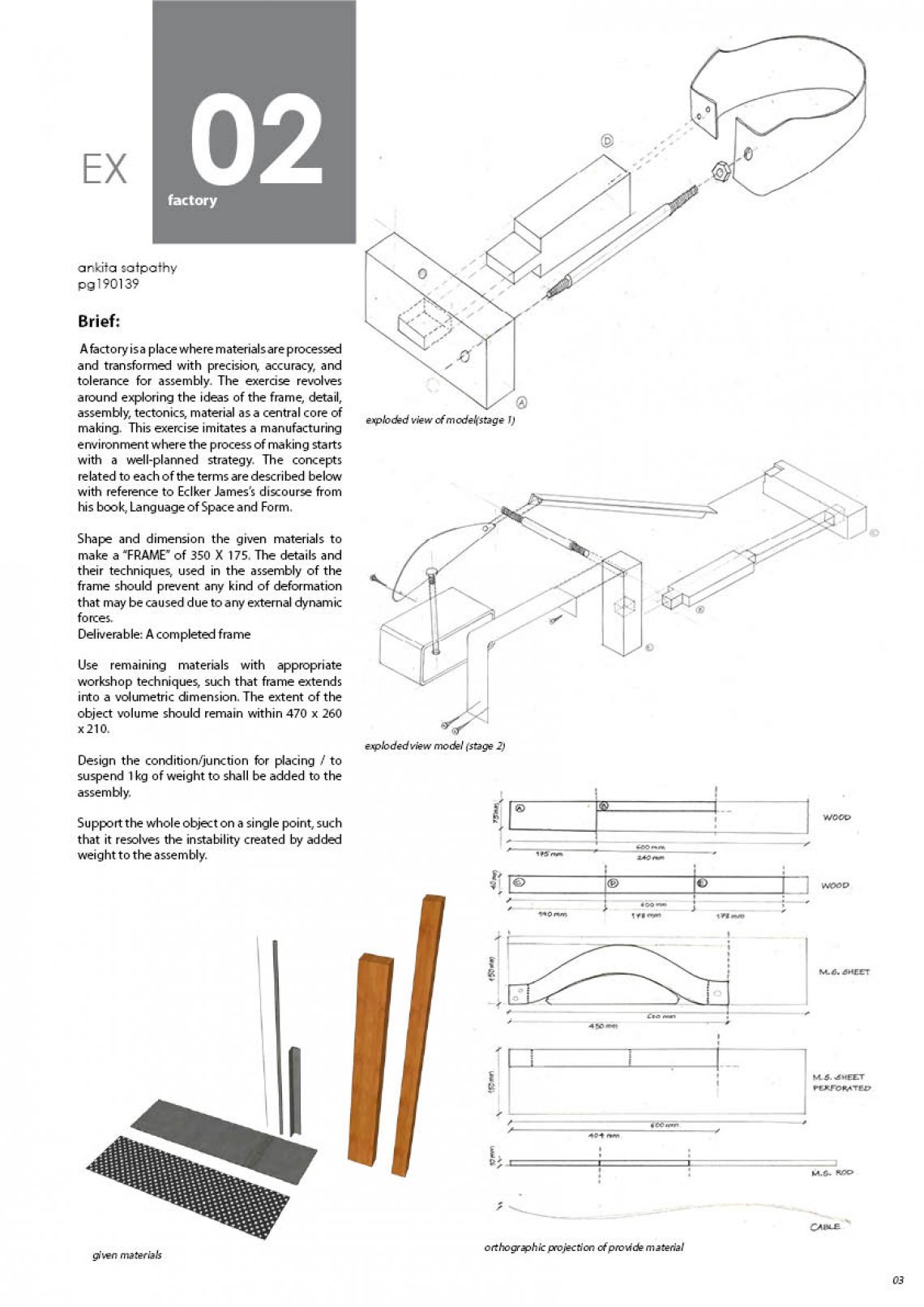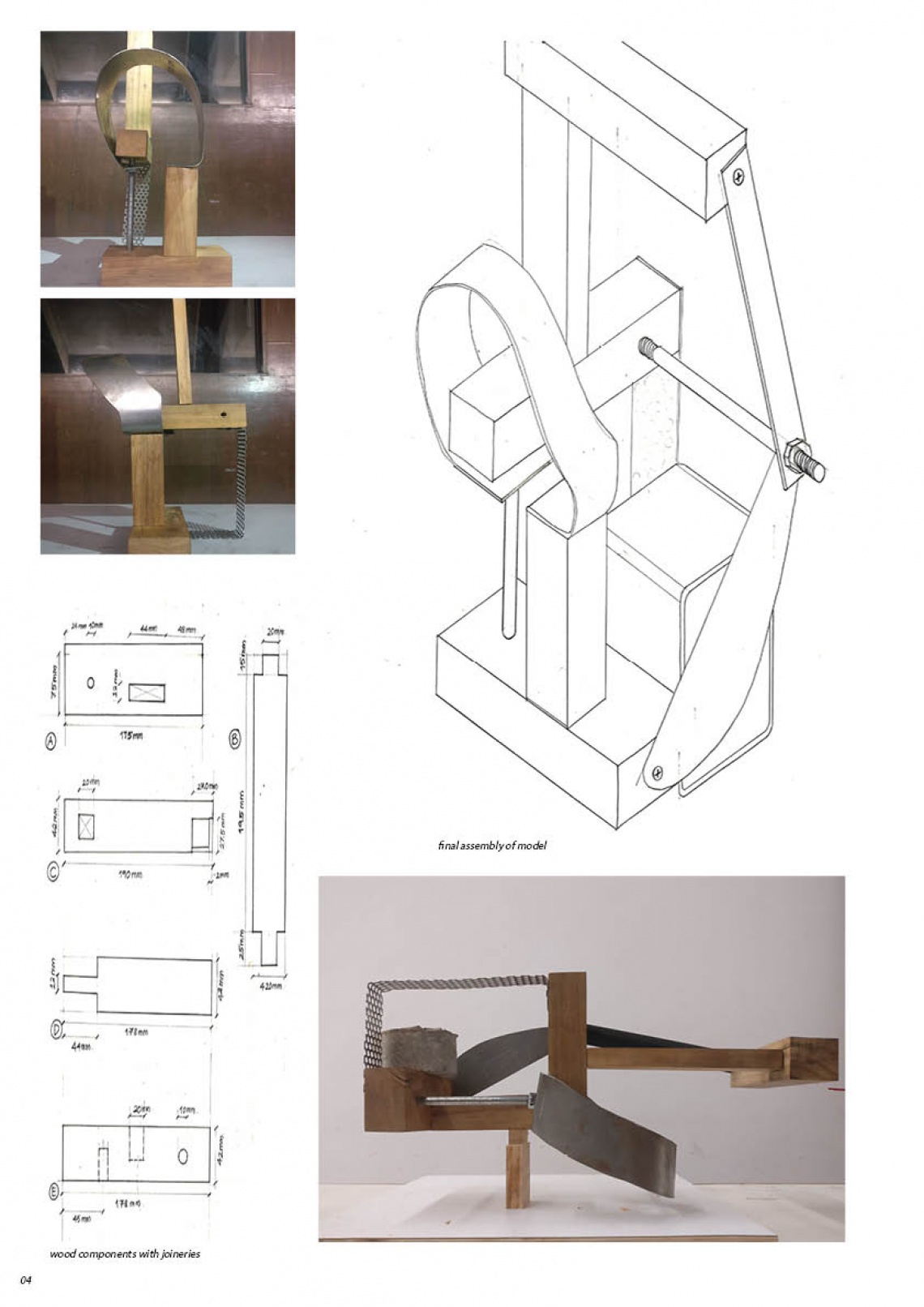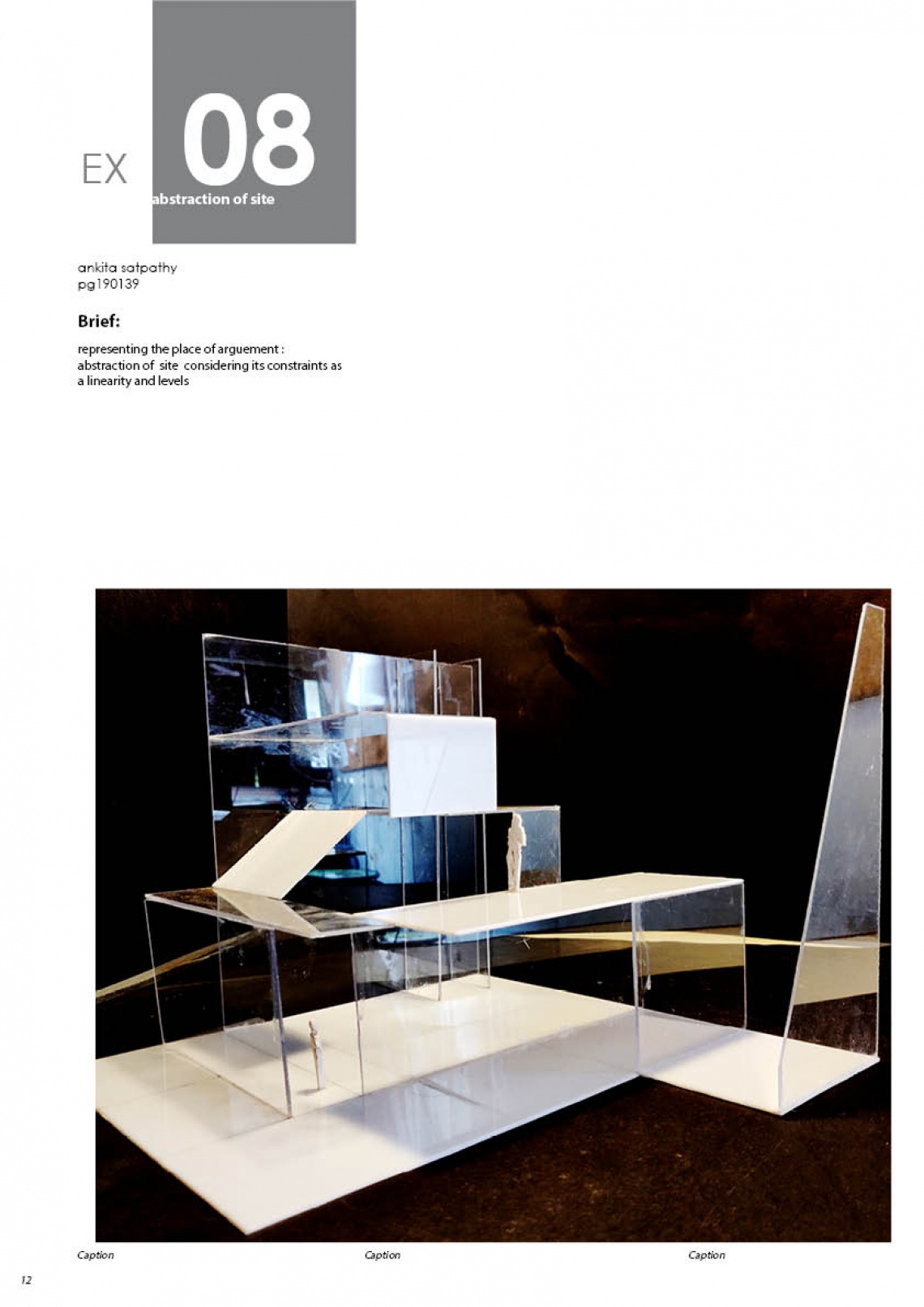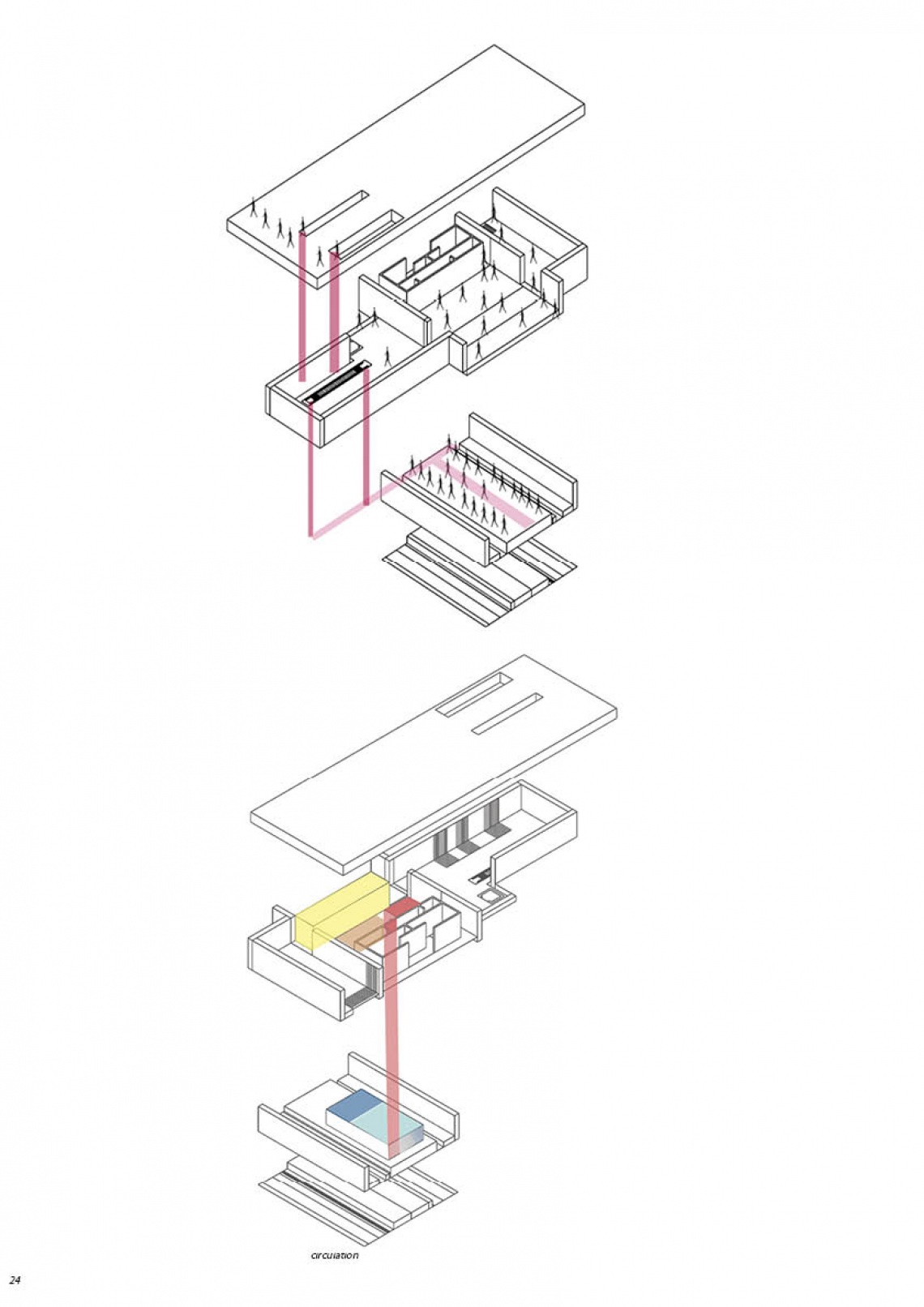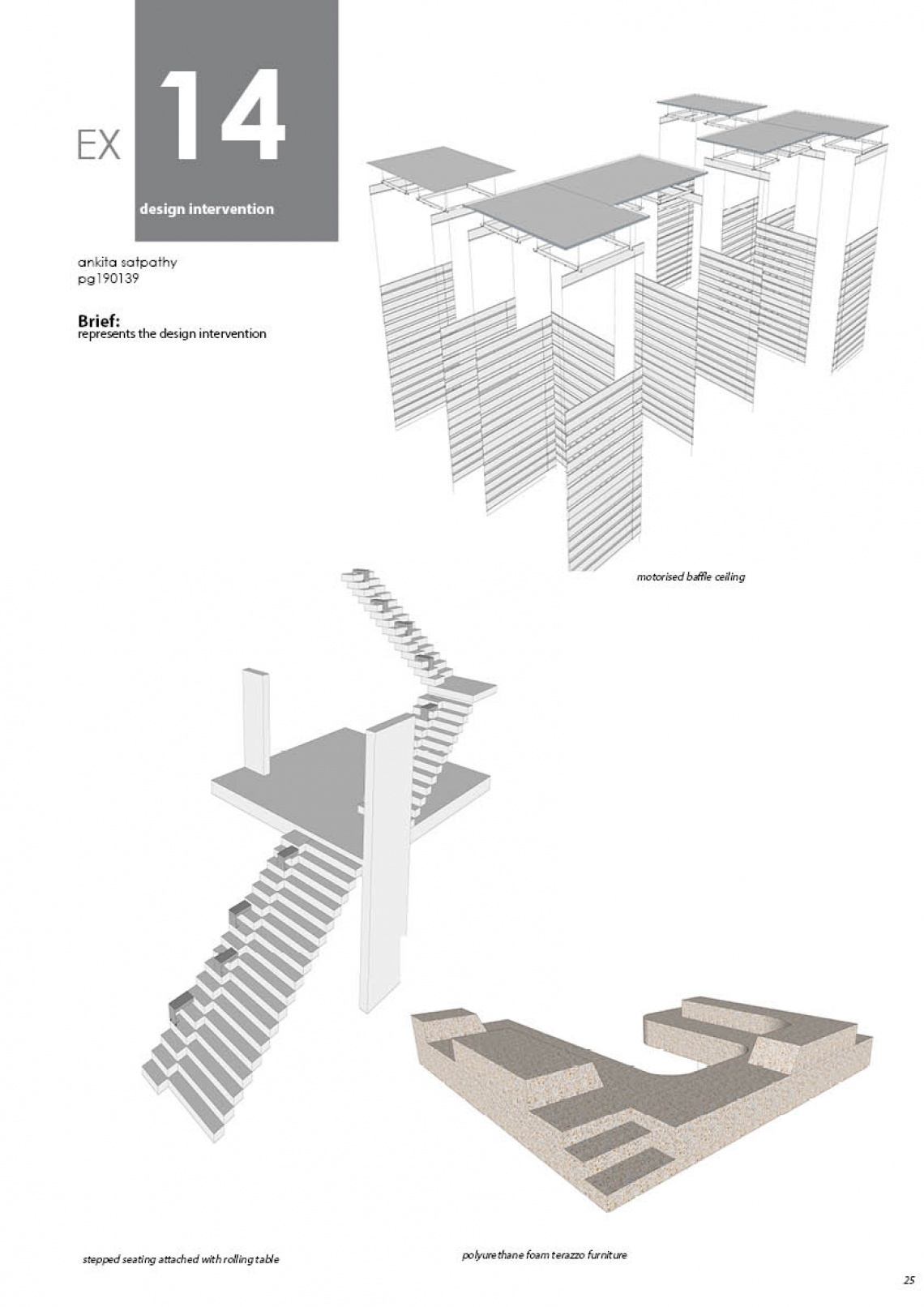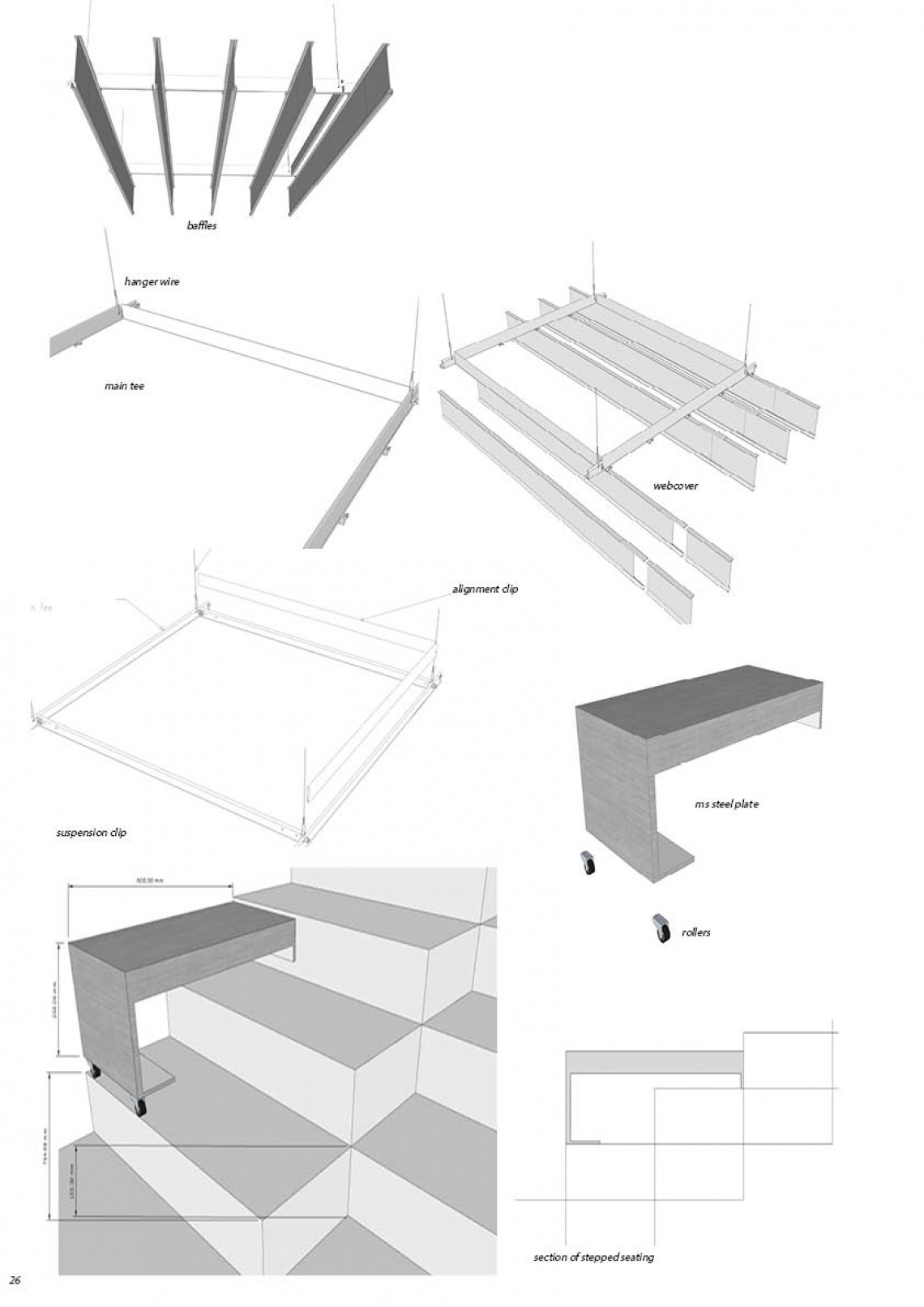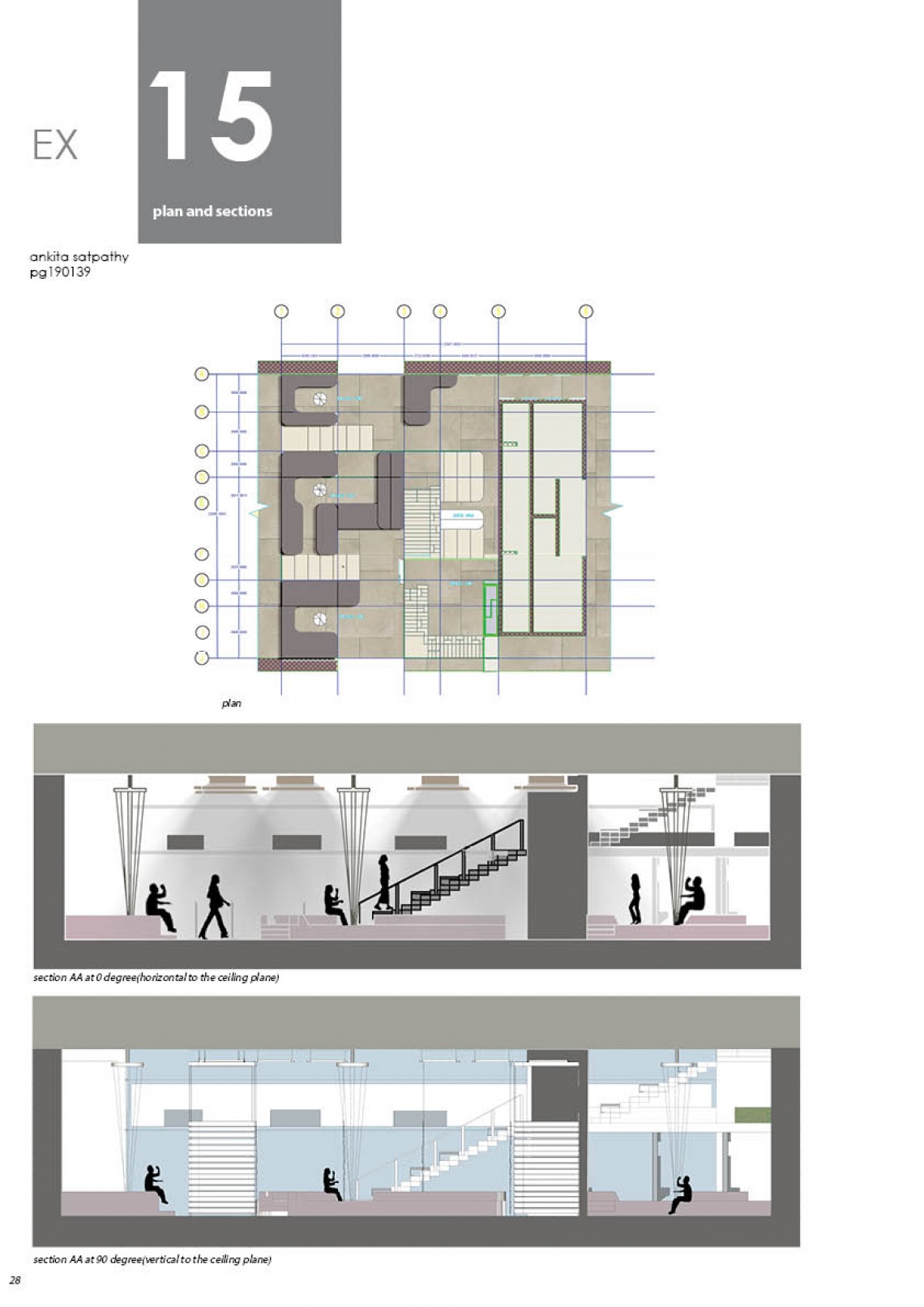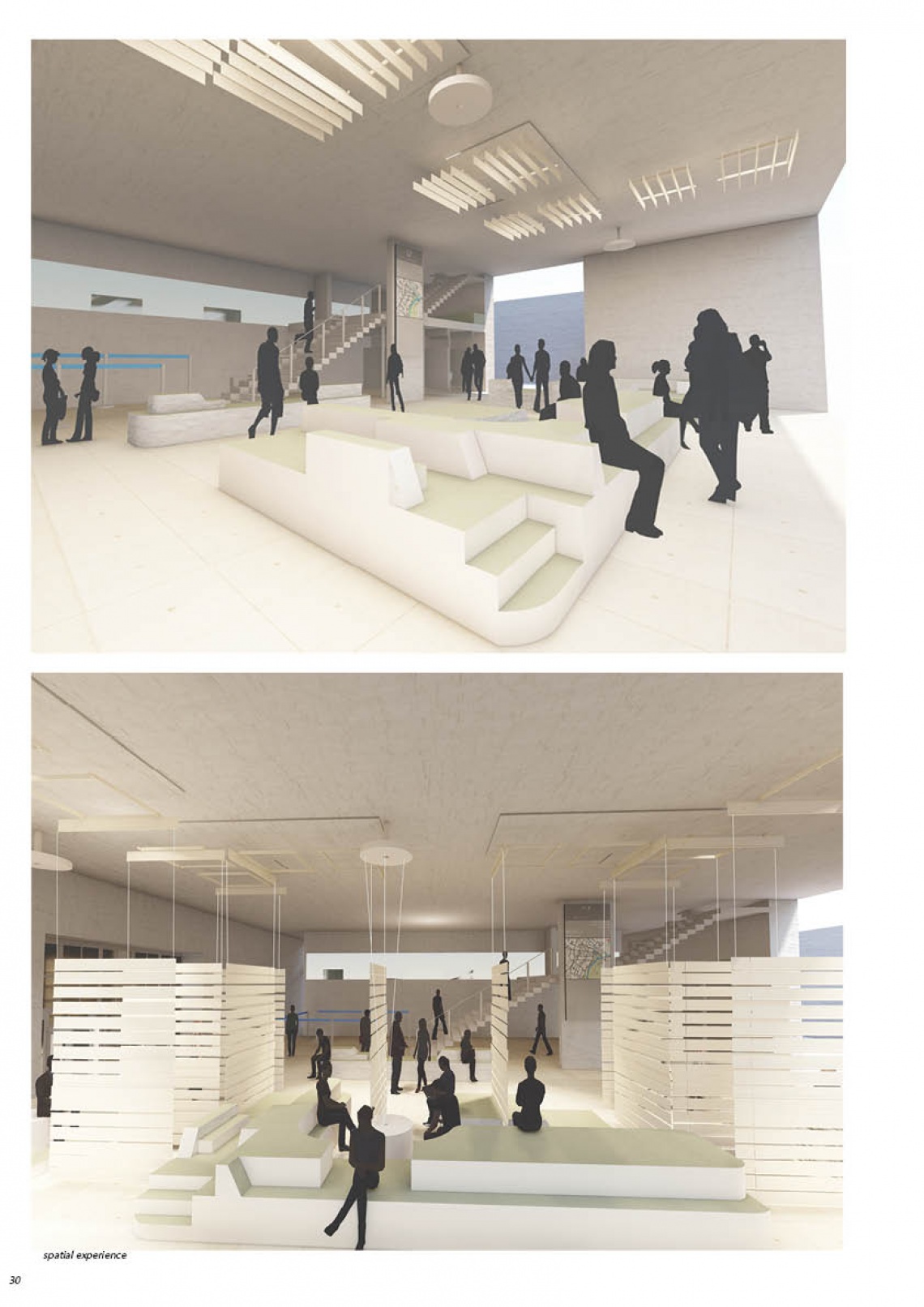Your browser is out-of-date!
For a richer surfing experience on our website, please update your browser. Update my browser now!
For a richer surfing experience on our website, please update your browser. Update my browser now!
Introduction of elements that are relatively mobile and kinetic in nature allows room for expansion and extra functionality which as a result turns the entire set up into a more morphable entity which results in it being more cost-effective and compact. With the combination of design elements paired with durable concepts, a more interactive approach can be made towards all the segments of a production setup. This not only allows sustainability but also utilizes the entire space in a much more resourceful manner. Establishing such maneuverability mandates a versatile connector that streamlines the entire purpose of the concept and this is where rotational mechanisms come into play. Incorporating rotational mechanics into the whole format we aren’t just increasing its maneuverability but also making the whole structure programmable in the future. This provides an endless scope to the structure that makes it exponentially more sustainable than the traditional approach. With a combination of production processes that are technologically better and promote the re-use of the material we ascertain and deem this to be more in speed with the current recycling necessity of the world. The adaptive nature of cycling of resources in order to produce a concept which isn’t just a refurbished version of itself but also something better, cost-effective and eco-friendly makes the entire concept airtight to the conventional single-purpose structures.Flexibility Deals with the changing procedure itself. As the probability of future requirement changes is Always high – especially in innovative new product development projects – the aim is to simplify the changing procedure of the product. Within the past few years, designers have sought to create a new generation of “flexible” products and workplace environments within buildings that have structures that fully support change while sustaining new technologies. Many workplaces are also incorporating spaces that encourage relaxed engagement with colleagues to reduce stress and promote a sense of community. Teleworking has also increased and needs to be planned for and accommodated through the design and use of flexible spaces and access to mobile technologies and devices. They share some things, like creativity, but design begins with constraints. From the moment we begin defining the problem we’re constraining all the possible paths into those that lead to the best solution. We sometimes think creativity and productivity are at odds with each other. Productivity wants to travel in the straightest line possible and never wants to do the same thing twice, viewing that as wasted effort. Most of what modularity means makes it sound a lot more like productivity at the expense of creativity. It doesn’t have to be. Creativity likes to meander. It doesn’t mind doing the same thing over and over because each new pass might reveal
